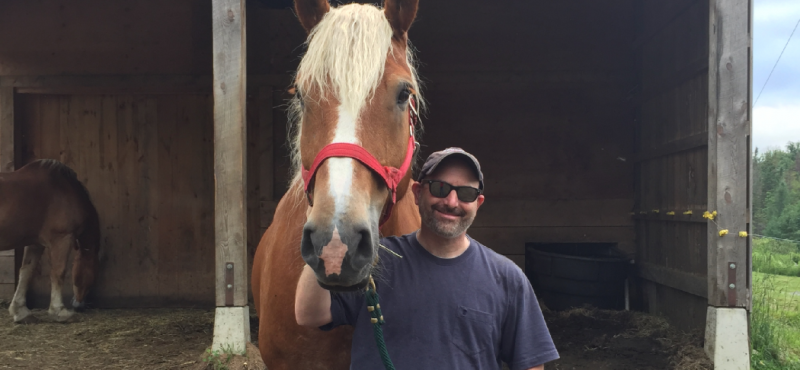Josh C. Manheimer is the self-proclaimed “best direct mail copywriter in the world,” but for a long time, he wasn’t fully connected to that world.
For three decades, Manheimer has worked out of a farmhouse in rural Vermont where highspeed broadband is still novel. “I create large, robust direct mail packages that require big graphic files,” Manheimer says. “And I’ve always needed to communicate with my clients—somehow. With dial-up, those files were almost impossible to send back and forth via the internet.”
In the early days, he’d send clients his copy work via fax, while the designers he worked with would send “boards” to clients via FedEx. “My first computer was a Kapro with the big floppy disks. As soon as it was possible to use dial-up and email back and forth, I did. That was around 1985, I believe.” But dial-up was often too slow and unpredictable, so Manheimer often found himself driving to neighboring areas with broadband access.
The Power of an Online Presence
A highly connected world is a bit of a mixed blessing for a direct mail copywriter whose livelihood depends on print mail, but, since the introduction of broadband in his area, he has been able to keep up with the pace of change in the advertising arena. “The ability to have a kick-ass, graphic-intensive online portfolio of all my print ‘junk mail’ is essential to showing off my work and attracting new clients,” he says. “It also helps that I’m now the number-one search result when you google ‘direct mail copywriter.’”
Broadband for Business and Beyond
Broadband has been a boon to Manheimer, as well as others in his community. “My neighbor moved from San Francisco—where he developed a popular app—to the farmhouse next door. There’s no way he’d be able to run his business without high speed Internet.”
But not everyone in Manheimer’s neck of the woods is so lucky. “You don’t have to travel too far to discover people are still struggling with dial-up,” he says. “The slow speeds limit their ability to grow their business—or do all the things we take for granted. But thanks to broadband, today I regularly Skype and Zoom with clients around the country and the world, and my family is wired just like any other. We walk around with iPads and are able to stream our favorite shows. I even have a video camera set up in my barn so that people can watch my Belgian Draft Horses from anywhere in the world. Try that with dial-up.”
Today, nearly 20 million Americans still have limited access to the internet. To learn more about this issue, along with ways to help, visit our Unleashing Communities page.
